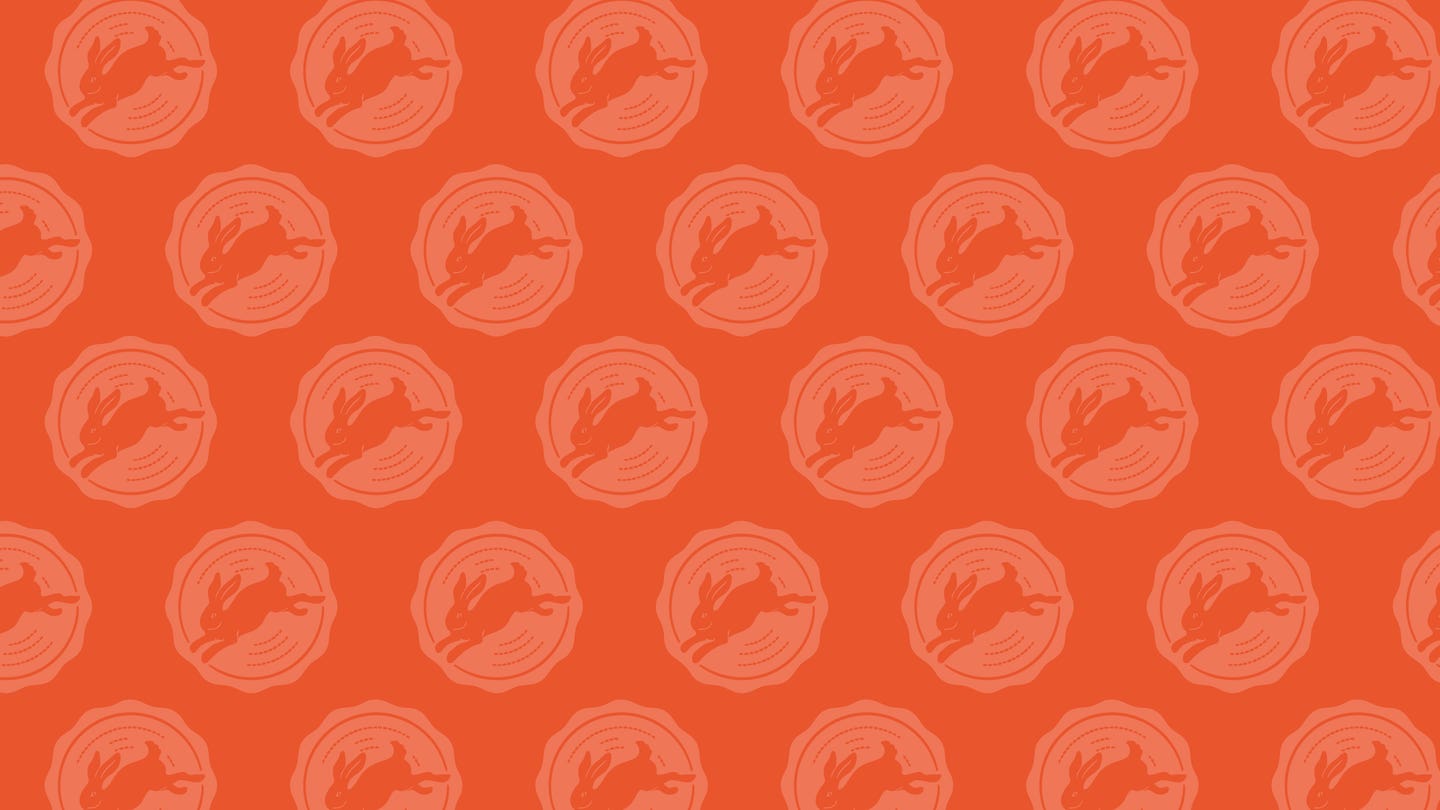
Dutch Treats
A surprising number of popular Yankee specialties can trace their origins to 17th-century Dutch settlers in New York and vicinity.
The Netherlands is not the first country that's likely to come up in conversation when folks start talking about the culinary wellsprings of American cuisine. But a surprising number of popular Yankee specialties can trace their origins to 17th-century Dutch settlers in New York and vicinity. For instance:
CRULLERS: Called krullen in Dutch, these were a kind of olie-koeck (see below) made with egg dough, cut into a strip, wrapped around the handle of a wooden spoon to shape into a curl (krul), and fried. Washington Irving once described them as ''crisp and crumbling''.
COOKIES: In the 17th century, the Dutch made ''small cakes'' (koeckjes or koekjes) flavored with currants, or with caraway, cloves, or other spices. These were eaten as snacks, and even sometimes used to thicken sauces—verjuice-saturated sugar cookies, for example, might have been found in a sauce for roasted hare.
COLE SLAW: In 1749, a Swedish explorer made note of an ''unusual salad...that tastes better than one can imagine...cabbage...cut into long, thin strips.'' It was called koolsla, from the Dutch words for cabbage (kool) and salad (sla)—thus cole (and occasionally, incorrectly, cold) slaw.
DOUGHNUTS: In 1809, Washington Irving noted that the Dutch liked ''oil-cakes'' (olykoeks or olie-koecken)—sweetened dough balls fried in hog's fat. Later, when bakers started making them with baking powder instead of yeast, they acquired holes to prevent their centers from becoming soggy.
PANCAKES AND WAFFLES: These specialties (originally called panne-koeken and wafels) were already popular by the 17th century. Pancakes were seasoned with spices or flavored with pumpkin. Waffle irons were a standard appliance, and waffles were popular at holidays.
Keep Reading
Continue to Next Story










